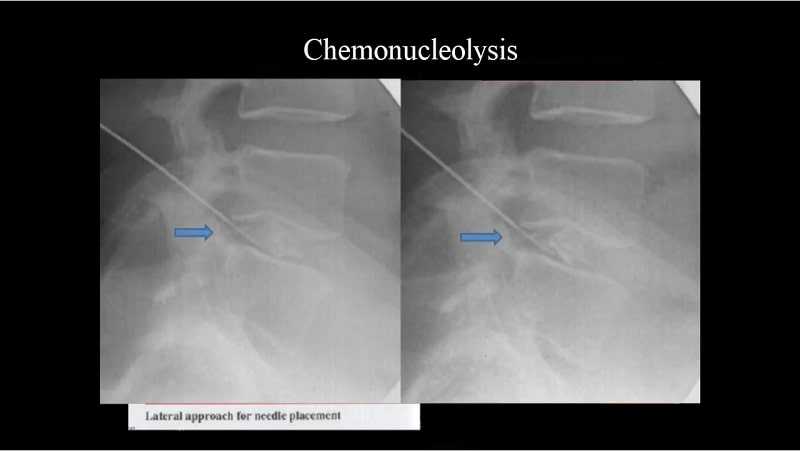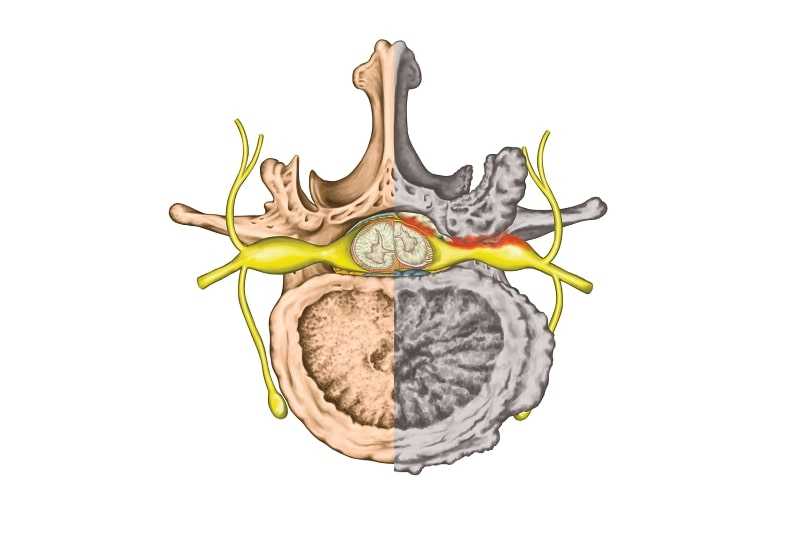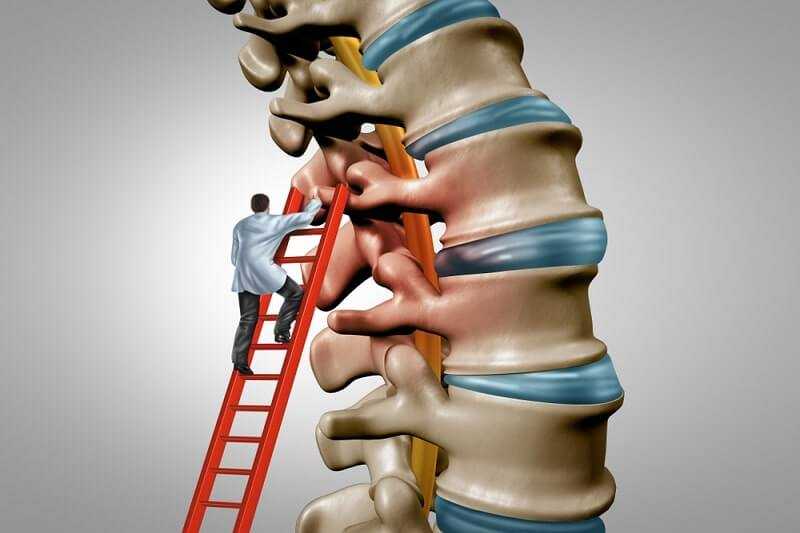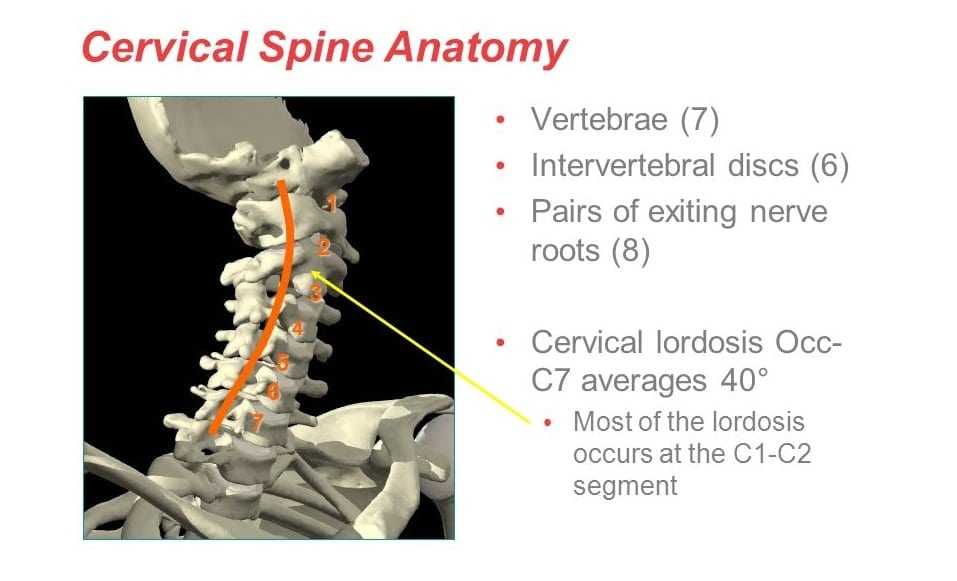Spinal Stenosis Back Pain
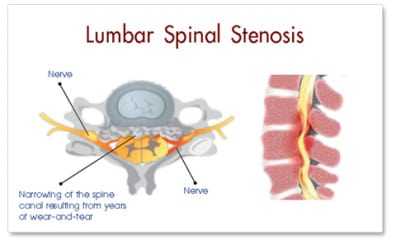
Spinal stenosis back pain is common and can easily be overlooked due to the idea that those who suffer from back pain on a continual basis may think that it is normal, and many tend to just deal with the discomfort or pain. Back pain is not normal, and you should not ignore it. It is possible that you are suffering from spinal stenosis back pain. The best way to determine if spinal stenosis back pain is the cause of your problems is to make an appointment with your doctor.

Spinal Stenosis Back Pain Causes
There are a variety of causes for this type of pain. The most common cause is age. As you get older, you are susceptible to many degenerative conditions that can cause the narrowing in your spinal canal. Some common causes include:
- Arthritis – There are two types of arthritis that can affect your spine, which are osteoarthritis and rheumatoid arthritis.
- Heredity – Your spinal canal could be too small at birth. If you are born with a small canal, you are more at risk for developing spinal stenosis back pain at a young age.
- Instability of the Spine – This is also called Spondylolisthesis. This happens when one vertebra slips forward onto another to narrow the canal.
- Tumors – Soft tissue abnormal growths can affect your spinal canal by causing inflammation or growth of tissue into the canal. If tissue growth occurs, bone loss from over activity of certain bone cells and/or displacement can eventually collapse the supporting framework of your spinal canal.
- Accident/injury – This type of trauma can dislocate the spine and spinal canal or can cause fragments of bone to penetrate the canal.
What is Spinal Stenosis Sciatica?
Spinal stenosis sciatica can be caused by nerve root irritation or impingement. Spinal stenosis sciatica is not a condition, but a symptom. This symptom causes pain that radiates along the sciatic nerve down the leg while you are walking. Generally, the only time you feel relief is when you are sitting down. This is because when you flex the lower spine or bend forward, it increases the size of the passageways and allows the irritation and/or impingement to release, relieving the pain for a short time.
Diagnosing Spinal Stenosis
The only way to determine if you have this condition is to make an appointment with your doctor. Your doctor will ask you general questions in order to narrow down the cause of your back pain. After your doctor reviews your medical history and performs a physical examination, you may have to undergo more tests to rule out other conditions.
Some of these tests include, but are not limited to:
- X-Ray
- MRI (Magnetic Resonance Imaging)
- CAT scan (Computerized Axial Tomography)
Managing Spinal Stenosis Back Pain
If you are diagnosed with this condition, you may be concerned that you may need to have surgery. Surgery is definitely an option; however, there are some things you can do before this is even a consideration.
There are some exercises that can be done to help you stretch and strengthen your back. You can also take some over-the-counter pain medication, as well as inflammatory medications. Sometimes, rest is generally prescribed in the beginning; however, it is not recommended that you rest for too many days as this can cause your joints to become stiff and cause even more spinal stenosis back pain.

